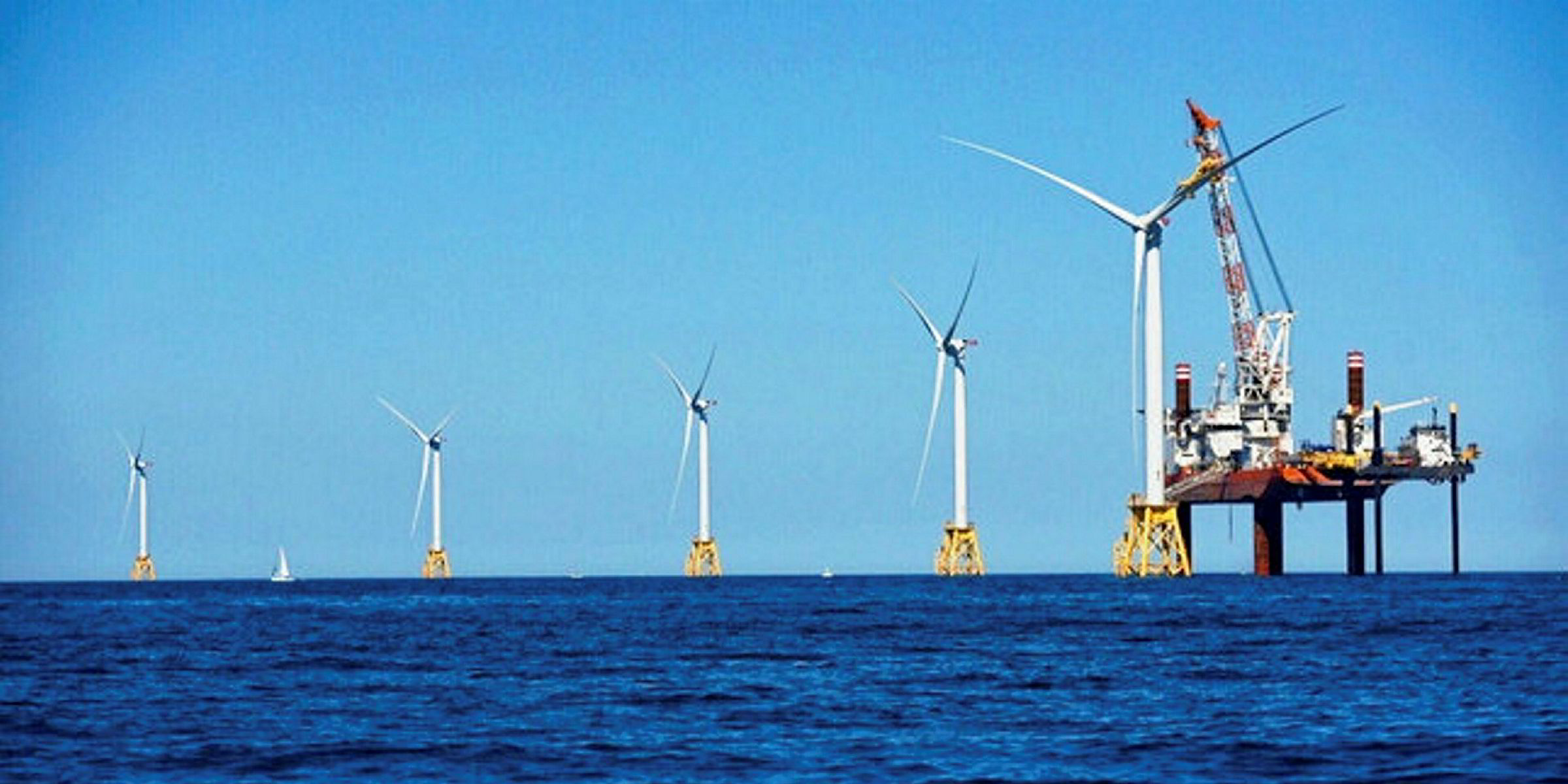Unprecedented clarity from state-level policies in the US Northeast is now set to support an offshore industry that will install at least one full-scale project per year beginning in 2021. Three states have adopted the necessary policy frameworks to attract real investment in offshore wind thus far: Maryland, Massachusetts and New York, and these states have also contracted power from projects off the coasts of Delaware and Rhode Island.

US offshore has solid momentum, but still faces major challenges
OPINION | The cost reductions seen in Europe will be harder to find in the US, as policy, financial support and the Jones Act are still formidable obstacles, writes Anthony Logan
8 November 2017 18:02 GMT
Updated
8 November 2017 18:02 GMT
By
